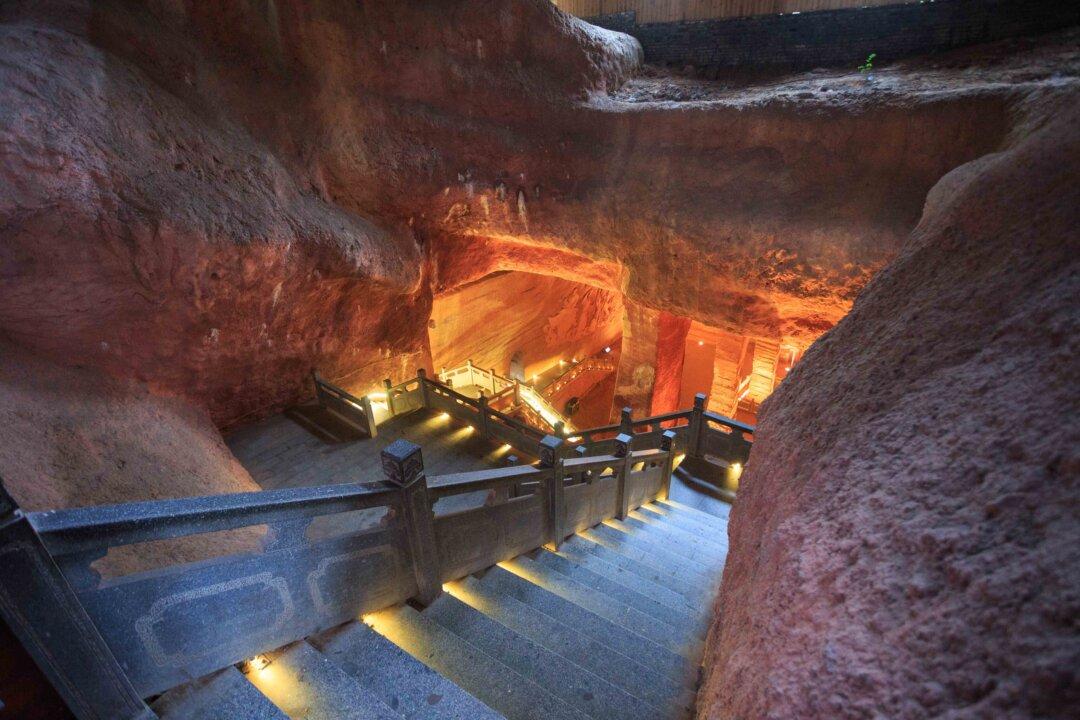A government investigation carried out by the Fljotsdalsherao municipal council in Iceland has ruled that a legendary sea serpent named Lagarfljotsormurinn, which is rumored to inhabit Lake Lagarfljot, actually exists. According to the Discovery News, the commission ruled that a 2012 video of what is claimed to be Iceland’s most famous lake monster is authentic.
The Lagarfljótsormur or ‘Lagarfljót worm’ is an Icelandic lake cryptid which is purported to live in Lagarfljót, a freshwater, glacial-fed lake in Egilsstaðir. The earliest recorded sightings of the Lagarfljótsormur date back to the Icelandic Annals of 1345, and have continued into the 21st century. However, sightings increased exponentially after a home video shot in 2012 went viral. The home video shows what looks like a long, serpentine form swimming in the glacial lake in eastern Iceland.
The Lagarfljótsormur is typically described as being 90 meters in length with many humps, and has also been reported outside the water, lying coiled up or slithering into the trees. In ancient times, sightings were considered to precede a great event such as a natural disaster.
In their book “Icelandic Folk and Fairy Tales,” folklorists May and Hallberg Hallmundsson describe one origin tale of the beast:
At one time, long, long ago, there was a woman living on a farm in the Lagarfljót district, close by the stream where it broadens into a lake. She had a grown daughter. Once, she gave her daughter a gold ring.“ The woman instructed her daughter to catch a snake and keep the gold ring underneath it in her linen chest (as, apparently, one did long ago in rural Iceland). She did so, ”but when the girl went to look at her ring again, the snake had grown so large that the chest was beginning to come apart. Then the girl was frightened and she picked up the chest with everything in it and threw it into the lake. A long time passed, and gradually people became aware that there was a serpent in the lake, for it was beginning to kill both people and animals crossing the waters.
In 1963, the head of the Icelandic National Forest Service, Sigurður Blöndal, reported seeing the giant worm, and in 1998 a teacher and students at Hallormsstaðir School also claimed to have witnessed the legendary creature.
In February 2012, the Icelandic national broadcaster, RÚV, published the home video thought to show the Lagarfljót Worm, however, skeptics claimed that the video simply depicts an inanimate object moved by the rapid current. Undeterred by skeptical explanations, the Fljótsdalshérað municipal council established a 13-person ’truth commission‘ to determine whether the video shot by Hjörtur E. Kjerúlf was authentic. The inquiry has just completed its investigation, and has determined that the video is authentic and recommends further investigation and research into the Lagarfljótsormur. The commission may have also been somewhat ’motivated’ by the burst of tourism caused by the 2012 video. A sightseeing boat named Lagarfljótsormurinn, which operates on the lake, seeks to preserve the traditions of the Lagarfljót Worm for cultural and tourism purposes.
If the video is authentic, and actually depicts a living creature, it may not be as monstrous as the legends say. Many species of fish have been found which resemble ’sea monsters’ described in mythological tales, for example, the frilled shark (Chlamydoselachus anguineus), and the giant oarfish (Regalecus glesne). It might just be that a similar species may inhabit Lake Lagarfljot, leading to the development of legendary tales over the centuries.
Republished with permission. Read the original at Ancient Origins.



